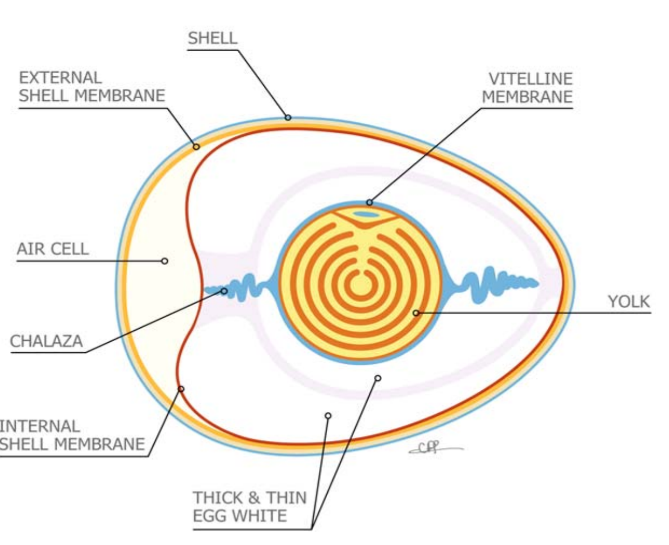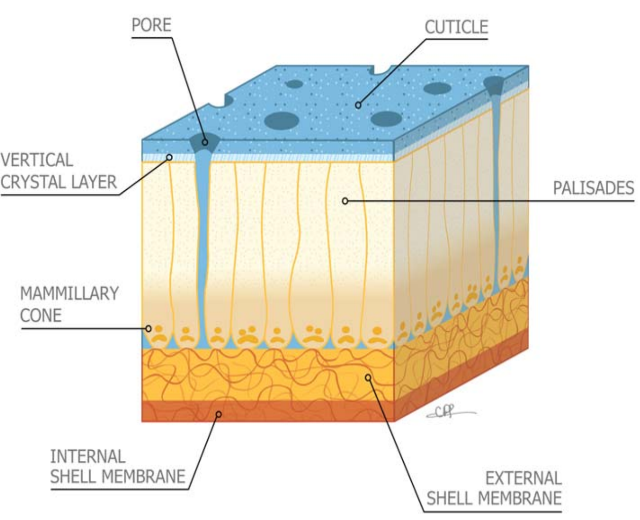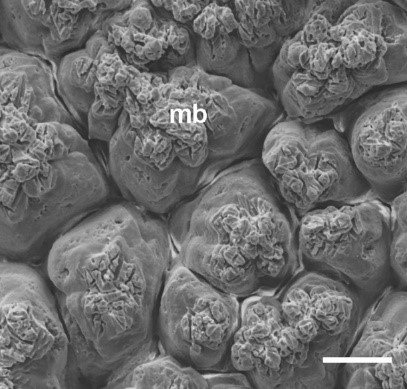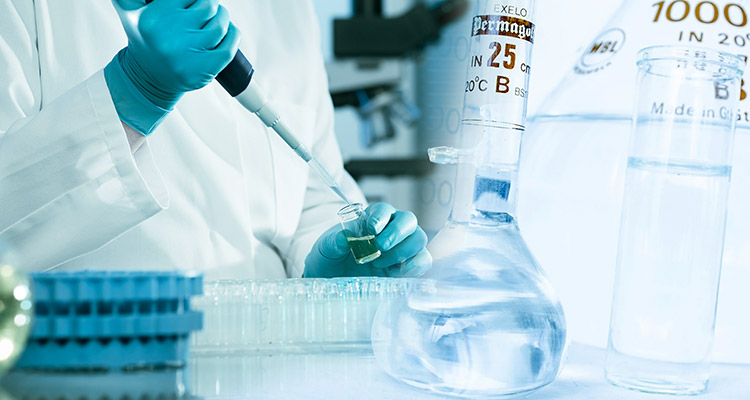Introduction
Normally, 6%-10% of eggs are lost before putting into market due to problems related to the eggshell quality (thin-shell, soft-shell, shell-less, uneven coloring, streaked, micro-cracks, etc.), which is caused by different nutritional strategies, especially trace mineral nutrition and supplementation. And trace minerals including zinc (Zn), iron (Fe), copper (Cu), manganese (Mn) and selenium (Se) have been considered to improve eggshell quality.
Most mineral sources used in daily diets for laying hens are derived from inorganic compounds such as oxides, sulfates, carbonates, and phosphates. However, absorption of these minerals is inhibited because there are antagonisms and interactions between minerals and feed components. And contaminants (strong oxidants, heavy metals) in feed also decrease seriously the health of hens and feed quality. Currently, organic minerals are emerging as a more reliable source to improve eggshell quality without worrying the environmental mineral excretions. Chemically, metal ions link to amino acids through covalent bond to form chelates with stable structures and high mineral bioavailability. Basing on this stable structure, mineral amino acid chelate supplies efficiently mineral nutrition to hens.
Structure of Egg and Eggshell


Figure1A Figure1B
Figure1A. Longitudinal section to depict the interior contents of a chicken egg: the egg is composed of a central yolk surrounded by the albumen (egg white), eggshell membranes, calcified eggshell and cuticle.
Figure1B. Artistic rendition of cross-sectional view of chicken eggshell: Themammillary layer is a regular array of cones or knobs, each with a core of concentrated organic material that was originally described as neutral mucopolysaccharide and contains keratan sulfate; The palisade layer is made up of groups of columns that are perpendicular to the eggshell surface and extend outwards from the mammillary cones; Vertical crystal layer: high density crystalline structure; Pores that traverse the eggshell permit the diffusion of metabolic gases and water vapor. Cuticular material spans the pore opening and fills in the upper pore space (MT Hincke, Y Nys, 2012).
Roles of Trace Minerals in Eggshell Formation
Main roles of some trace minerals in eggor eggshell formation have been well revealed, and trace minerals are mainlyinvolved in the physiological activity processes for growth of reproductive tract and regulation of eggshell formation.

Figure2. Reproductive tract of the laying hens
Fe: Major pigment of brown eggshell is protoporphyrin, and porphyrins of eggshells are derived from erythrocytes. Fe supplementation will contribute to erythrocyte formation to improve eggshell color. One egg needs about 1.1 mg of Fe, and Fe deficiency will lead to nutritional anemia, also decrease pigment synthesis resulting in pale and dull of eggshell color.
Zn: Zn is a component of carbonic anhydrase that plays important role in CaCO3 deposition of eggshell. In addition, during calcite crystal formation, Zn will affect the crystal and texture morphologies of the eggshell. Zn also could repair the injury in epithelium cell of intestine and reproductive tract and maintain epithelium integrity.
Mn: As cofactor of mevalonate kinase and farnesyl pyrophosphate synthase, Mn regulates the synthesis of reproductive hormone precursor cholesterol. Furthermore, Mn acts as an activator of glycosyl transferase that is involved in synthesis of glycosaminoglycans and glycoproteins, which contribute to the formation of eggshell and make sure a good eggshell quality.
Cu: As a component of lysyl oxidase, Cu plays an important role in the formation of collagen in eggshell membrane and makes sure a good egg shape. In addition, as a component of ceruloplasmin, participates in the transport of iron ions, thus affecting the health of laying hen.
Main Factors of Influencing Trace Mineral Utilization in Laying Hen’s Daily Diet
High level of Ca: High level of Ca will reduce the utilization rate of Zn. The reason is that Zn phytate combines with Ca to form a more insoluble complex, which is extremely hard to digest. Therefore, if the concentration of Ca in the feed exceeds 1%, Zn supplementation should be increased to 70-100 mg/kg.
Phyticacid: Phytic acid has very strong chelating ability. Studies show that 1mol/L phyticacid will chelate 1-6 mol/L metal ions to form insoluble complex under the condition of intestinal pH value. And 1 g phytic acid can complex 500 mg iron ions. In particular, Zn is easily influenced by phytic acid (Fig. 3).
Antagonism: Ca2+ antagonizes Zn2+, Fe2+; Zn2+ antagonizes Fe2+; Fe2+ antagonizes Cu2+, these key interactions limit their own utilization in hen’s daily diet (Fig. 4). That is, Ca ion will inhibit the absorption of minerals ion due to minerals’ interactions. The possible reason is that they are all two valence positive ion, and they compete the same transport channel.


Figure 3. Six Zn2+are seized by one phytic acid Figure4. Antagonism among trace minerals
Other factors: Some adsorbents like montmorillonite have great adsorption ability, which causes deficiencies of trace minerals.
Advantages of Organic Trace Minerals in Hen’s Daily Diet
Establish sufficient mineral storage
As laying hens are usually pushed to produce more eggs for extended laying period, great safe and high bioavailability of organic trace minerals sources are taken into account to be used in intensive farming to increase the egg production. Organic trace minerals contribute to more deposition in early stage skeleton and tissue growth of young hens, which guarantee adequate trace minerals supply for later egg maturation, eggshell formation and ovulation process, and cope with the challenges of multi-stressors.

Figure 5.
High bioavailability of minerals
Organically bound minerals can prevent the combination of indigestive phytate, and antagonisms (competition forabsorption) between trace minerals are avoided. Therefore, these organic trace minerals can be added into feed at a much lower concentration than the recommended levels without negative influence on performance and decreased excess mineral excretion.
Application of Organic Trace Minerals to Improve Eggshell Quality
Regulate carbonic anhydrase (CA)
CA is a zinc-containing enzyme and regarded as a vital enzyme in the deposition of calcium carbonate in eggshell. This enzyme catalyzes the hydration of metabolic CO2 to HCO3−, the precursor of eggshell carbonate. It is reported that diet supplemented with Zn amino acid chelate could improve eggshell quality by enhancing CA activity in the plasma and eggshell gland of aged layers (Y. N. Zhang et al, 2017).
Improve eggshell thickness and eggshell strength
Stefanello et al (2017) reports that there is greater shell thickness when hens fed with organic Zn, Mn and Cu. Increased eggshell strength (resistance to breakage) is observed in hens aged 40-60 weeks that have received organic Zn and Mn supplementation (Ludeen, 2001). The organic trace minerals are more efficient in eggshell formation and eggshell membrane, resulting in better egg quality and reducing profit loss.
Improve eggshell ultrastructure
Upon ultrastructural level, organic Mn, Zn, and Cu provide higher thickness of the palisade layer and lower mammillary density, and improve the structural characteristics and quality of the eggshell, which contributes to eggshell strength increase and less egg loss.


Figure6: Scanning electron microscopy of the cross section of the eggshell of laying hens. Palisade layer (pa), mammillary (ma).
Left: No trace minerals addition. Right: supplement Mn, Zn and Cu from an organic source, increased palisade layer thickness was observed, which indicates higher eggshell strength.


Figure7: Scanning electron microscopy of the inner surface of the eggshell of laying hens, mammillary buttons (mb) in left figure (no trace minerals addition) is clutter, higher density, indicated less resistant compared to organic trace mineral supplementation in the right.
 020-38859025
020-38859025



































 客服一
客服一


